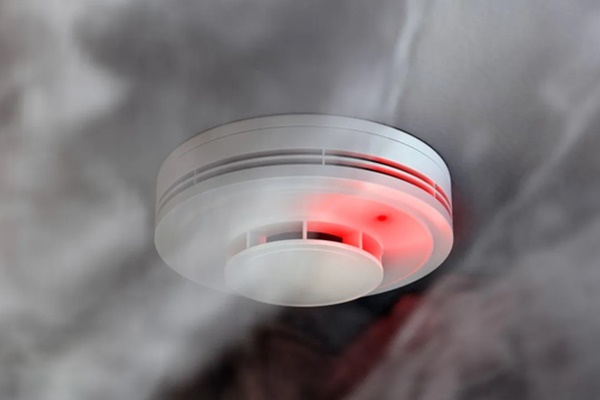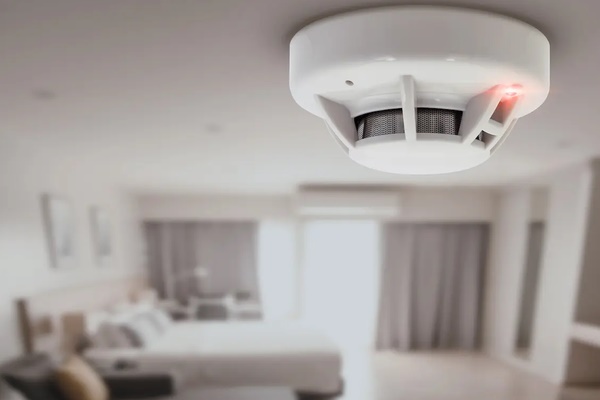Fire Alerting Devices: A Smart Way to Stay Safe
To prevent the risk of overnight fires when most people are fast asleep, experts recommend installing a fire alarm device in your home. One such device is a smoke detector or fire sensor, typically in the form of a round plastic box installed on the ceiling.
These devices are designed to detect signs of potential fire and explosions, including fire, smoke, and carbon monoxide. There are two main types of fire sensors: photoelectric and ionization sensors, each with its own advantages and disadvantages. Ionization fire alarms tend to respond faster to flaming fires, while photoelectric sensors are more sensitive to smoldering fires, such as those caused by cigarettes.

Additionally, there are combination fire sensors that can also detect carbon monoxide levels. In recent years, organizations have recommended using photoelectric sensors for optimal performance.
When these sensors detect smoke, fire, or elevated carbon monoxide levels, they will immediately sound an alarm or connect to the building’s central alert system to notify security personnel.
Fire sensors are highly effective and sensitive. Even the slightest indication of a potential fire will trigger an alert, following the principle of “better safe than sorry.” While this may sometimes be inconvenient, modern smart sensors are better at accurately identifying non-dangerous sources, such as smoke from cooking.
The alarm typically consists of a repetitive beeping sound, although newer models may use voice alerts to provide additional information, such as the location of the fire or any device malfunctions.
Why Every Home Should Have a Fire Sensor
Fire sensors are compact, convenient, reliable, and affordable. They operate independently of the main power supply and only require batteries, which need to be replaced at least once a year. Some smoke detectors come with built-in, non-replaceable batteries that can power the device for up to 10 years.

However, experts recommend monthly testing and maintenance to ensure proper functioning. Regular cleaning can prevent false alarms due to dust and insect buildup, especially for photoelectric sensors, which are more susceptible to these factors.
Fire sensors can be installed anywhere there is a risk of fire or explosion, including living rooms, kitchens, bedrooms, hallways, and even basements. Some devices also offer features for the hearing-impaired, such as flashing lights or bed shakers that work in conjunction with the fire alarm.
According to the National Fire Protection Association in the United States, the risk of dying in a fire is reduced by 55% in homes with working smoke alarms compared to those without. Between 2009 and 2013, there were 0.53 deaths per 100 fires in homes with functioning fire sensors, compared to 1.18 deaths in homes without them.
In May 2011, the Fire Protection Association of Australia (FPAA) recommended that all residential buildings be equipped with photoelectric smoke alarms. As of January 1, 2017, the state of Queensland in Australia also made it mandatory for all new or renovated homes to have photoelectric smoke alarms without ionization sensors.
Fire sensors are essential safety devices that have become increasingly affordable. They typically cost just a few hundred thousand to one million VND, making them a worthwhile investment for any household.
Source: Nguoiduatin
































